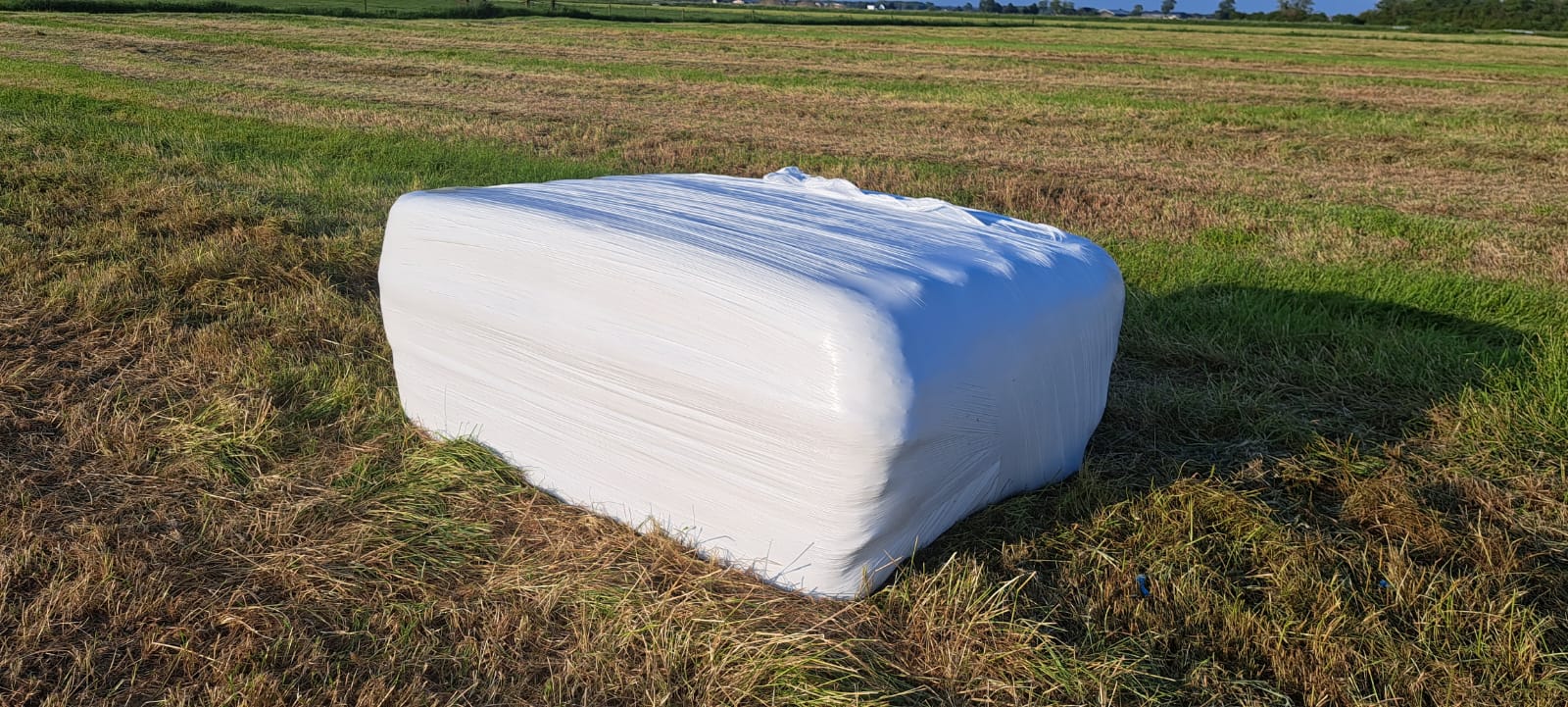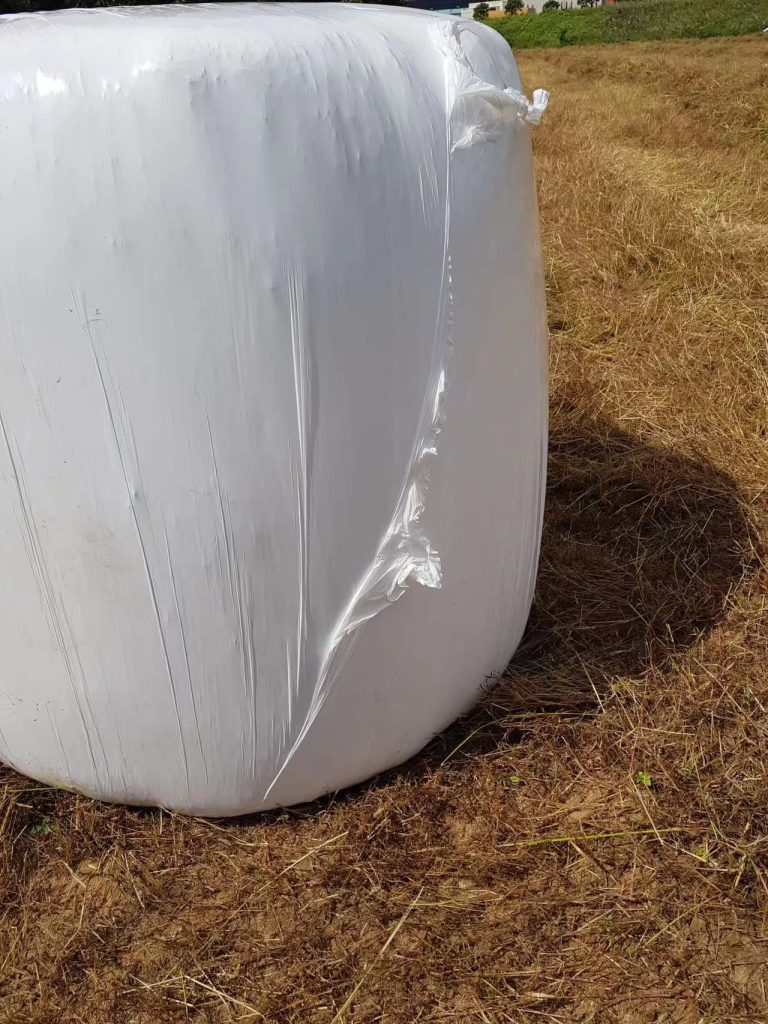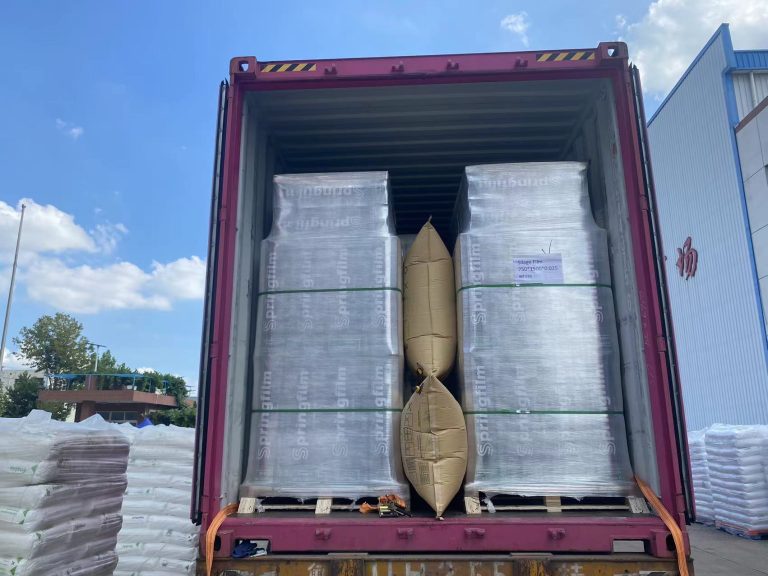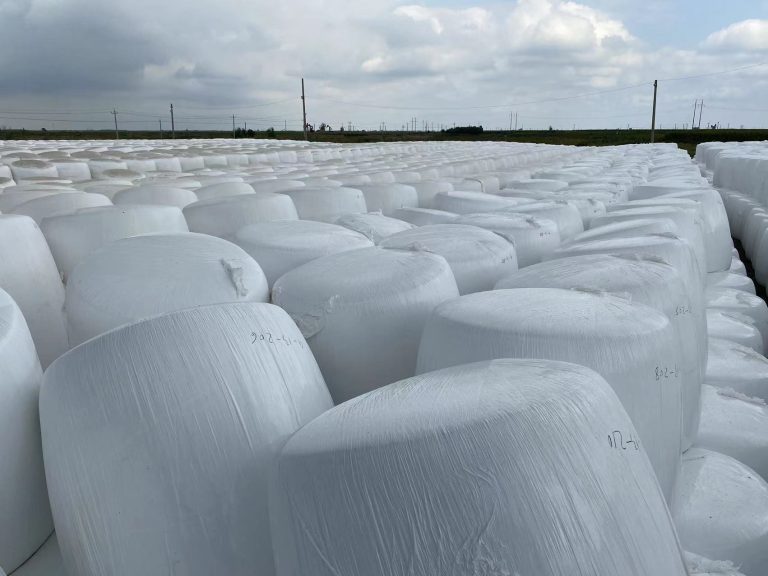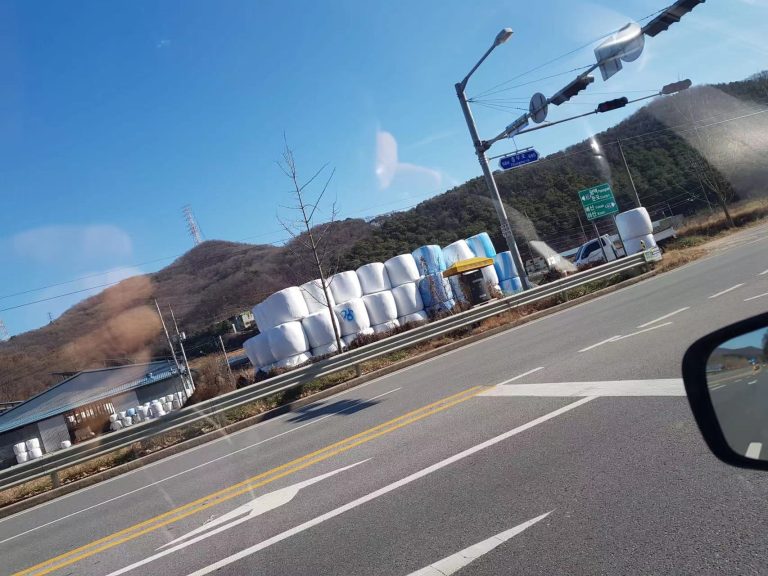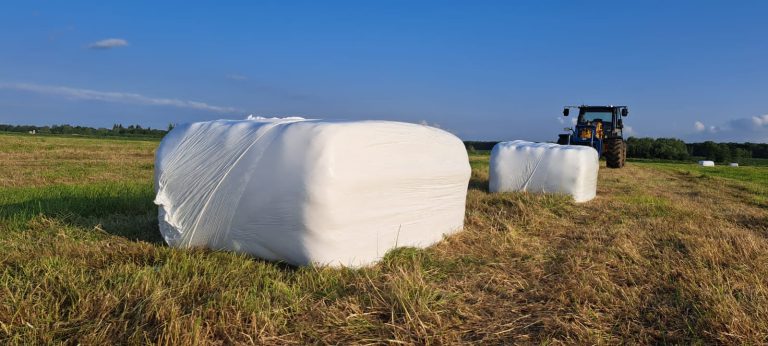silage wrap thickness plays a significant role in preserving forage quality. The thickness of the silage wrap can affect several aspects of the ensiling process and ultimately impact the nutritional value and spoilage rate of the stored forage. Here’s how silage wrap thickness influences forage quality:
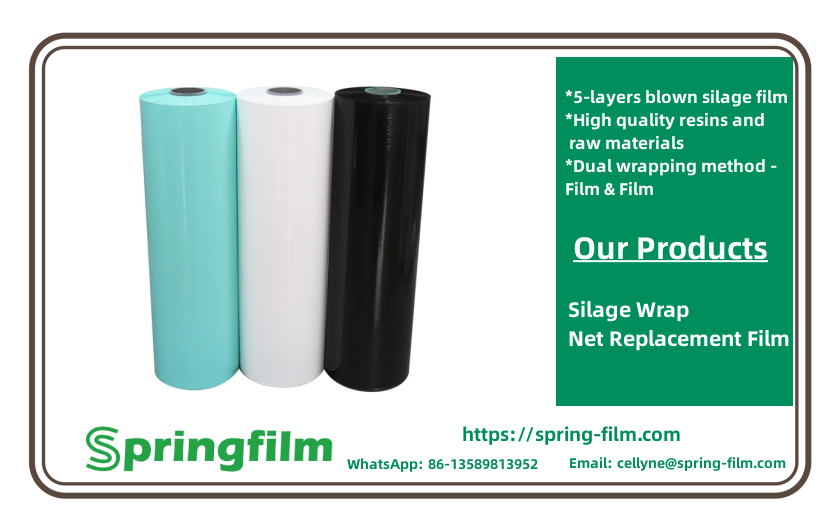
Table of Contents
Oxygen Barrier:
Thicker silage wrap generally provides a better barrier against oxygen ingress into the silage stack. This is crucial because oxygen can lead to aerobic spoilage and the growth of undesirable microorganisms. Thicker wrap reduces the chances of oxygen penetration, helping to maintain forage quality.
Moisture Control:
Thicker wrap can better retain moisture within the silage stack. It helps in creating an anaerobic environment necessary for fermentation. Proper moisture control is essential for the growth of lactic acid bacteria, which are responsible for fermenting the forage. Thicker wraps contribute to better moisture retention, which can result in improved fermentation and forage preservation.
Durability:
Thicker silage wrap is often more durable and resistant to tears and damage during handling and storage. A robust wrap can maintain its integrity even when subjected to adverse weather conditions, reducing the risk of spoilage due to punctures or tears in the wrap.
UV Protection:
Thicker silage wrap may offer better UV resistance. UV rays from sunlight can degrade the plastic wrap over time, which can lead to the breakdown of the silage cover and expose the forage to oxygen. Thicker wraps with enhanced UV protection can prolong their effectiveness in shielding the forage from harmful UV radiation.
Tightness of Seal:
The thickness of the silage wrap can affect how tightly it adheres to the forage. A thicker wrap might provide a more secure and airtight seal, reducing the chances of air pockets within the silage stack. This tight seal is essential for preventing aerobic spoilage and maintaining forage quality.
Temperature Regulation:
Thicker silage wraps can offer better insulation, helping to regulate the temperature within the silage stack. Temperature control is crucial because it affects the activity of microbes responsible for fermentation. Thicker wraps can help maintain optimal temperatures for microbial activity.
In summary, thicker silage wrap generally contributes to better forage preservation by improving oxygen barrier properties, moisture control, durability, UV protection, seal tightness, and temperature regulation. However, it’s essential to strike a balance between thickness and cost-effectiveness, as thicker wraps may be more expensive. Farmers should consider their specific forage preservation needs and environmental conditions when choosing the appropriate silage wrap thickness.

